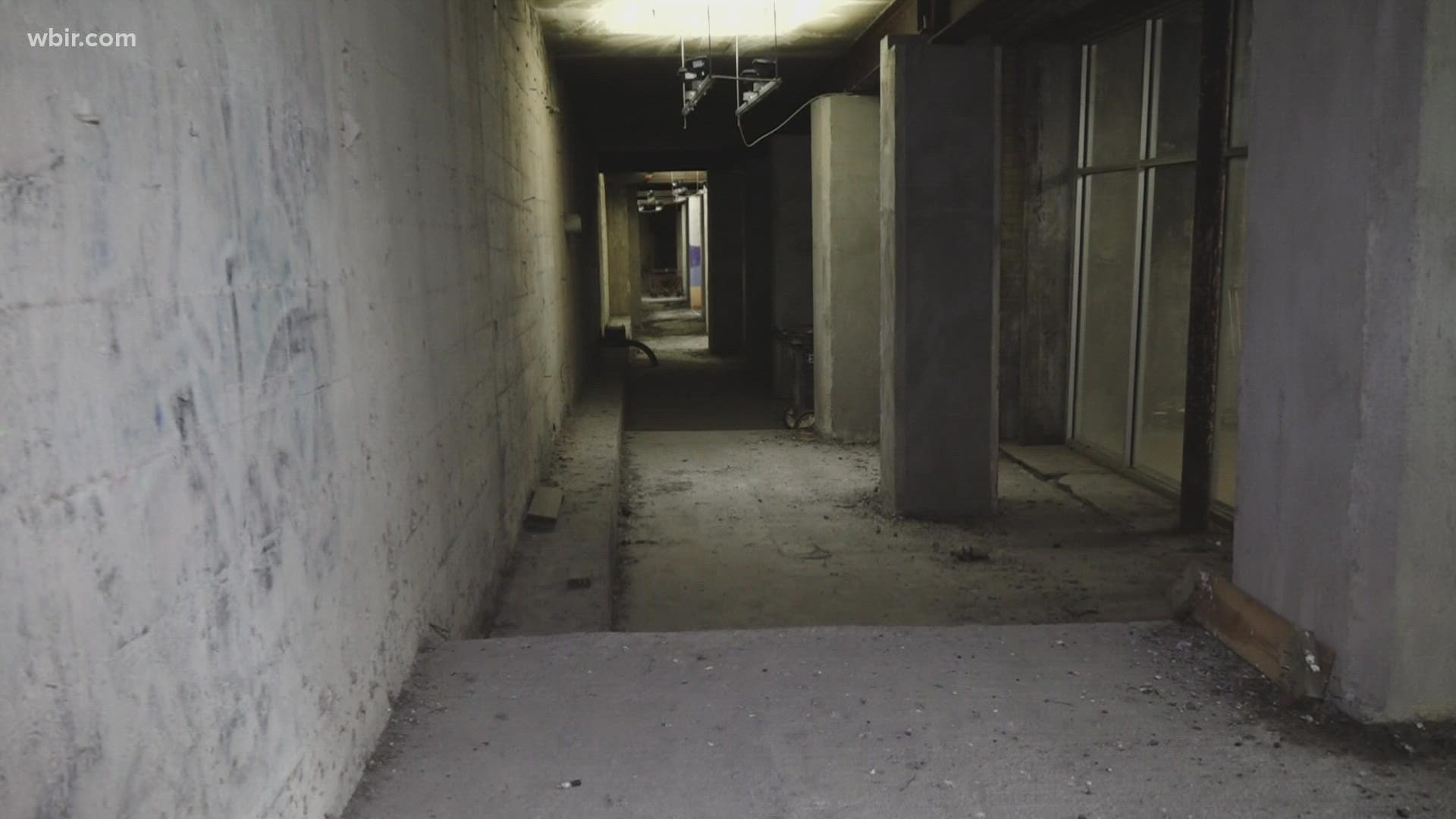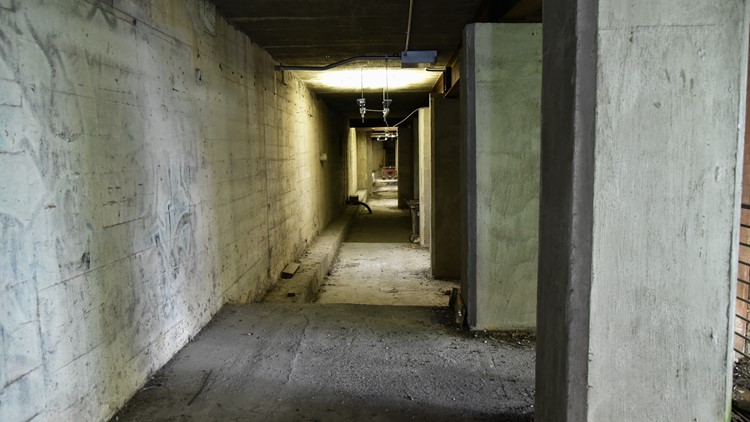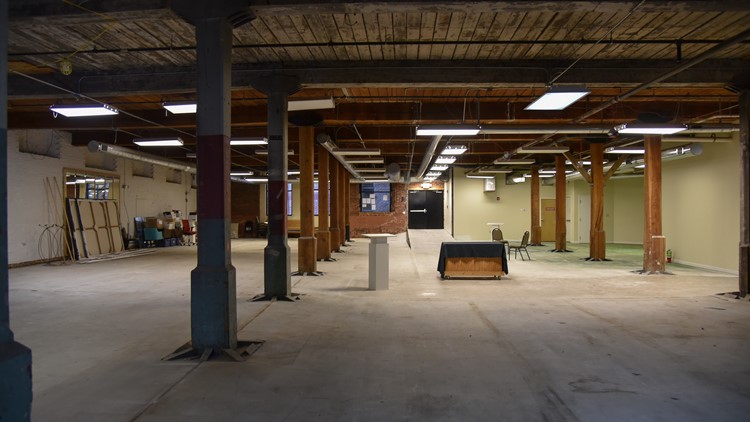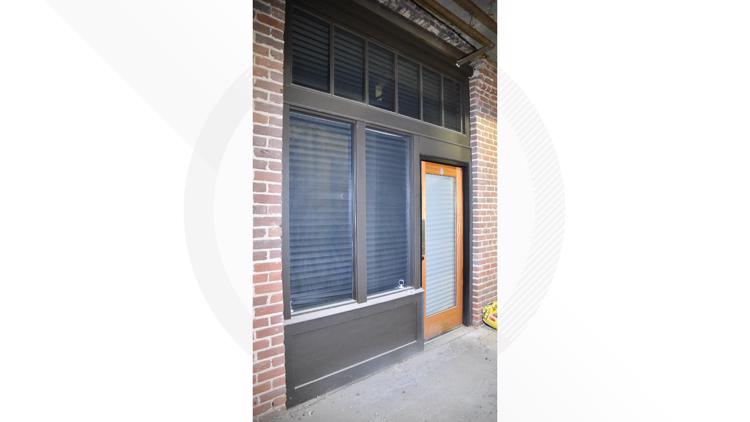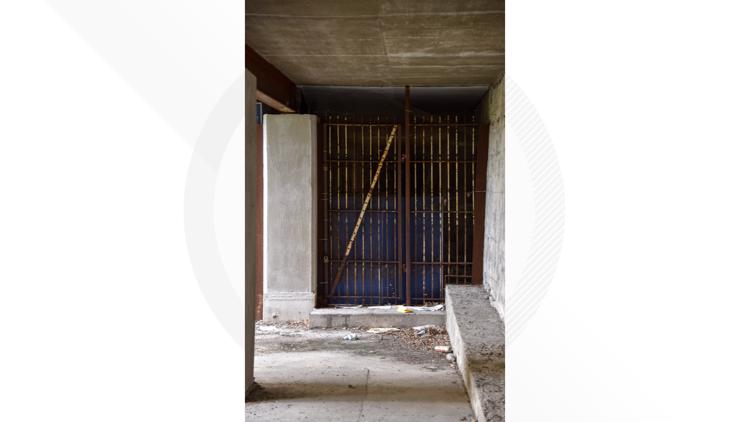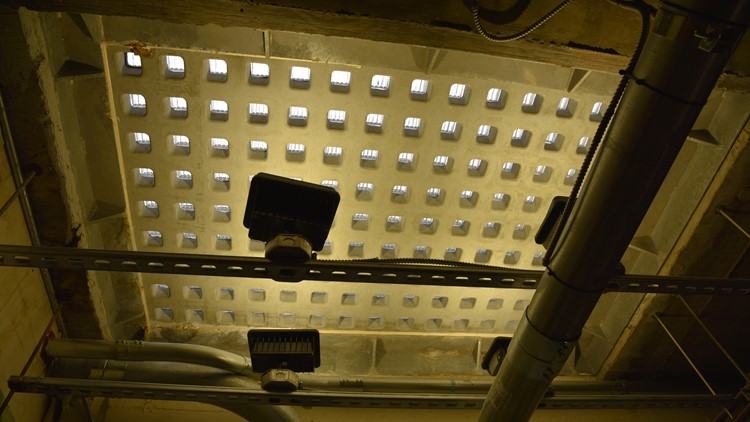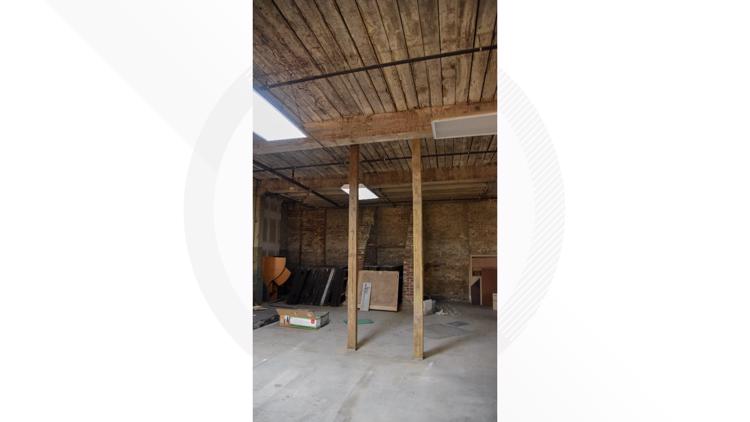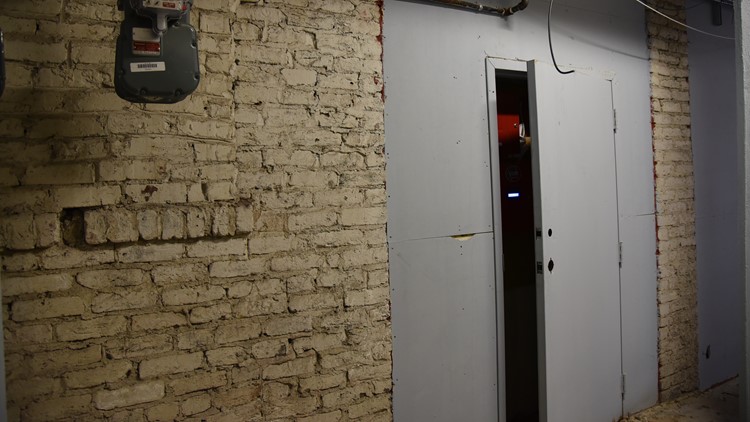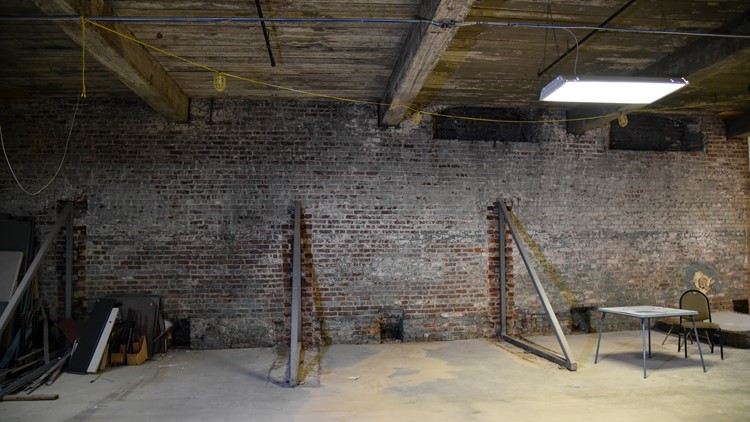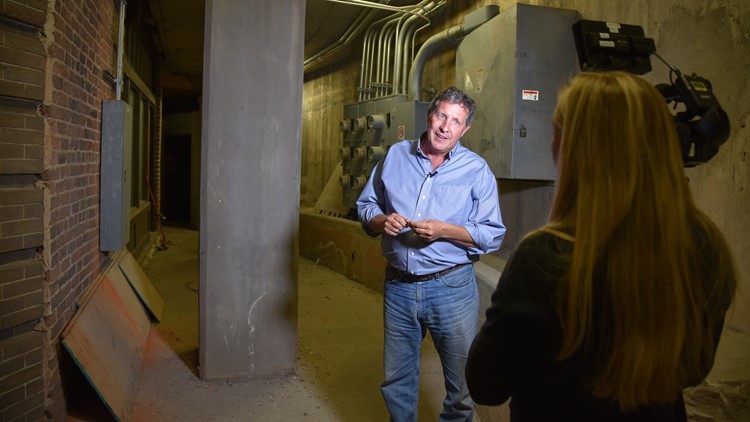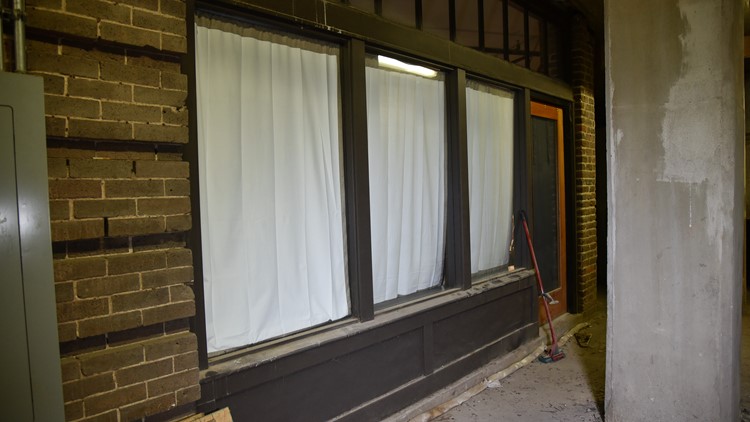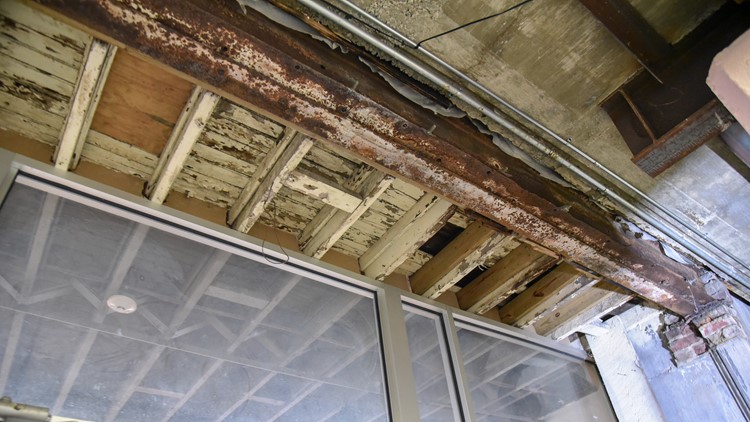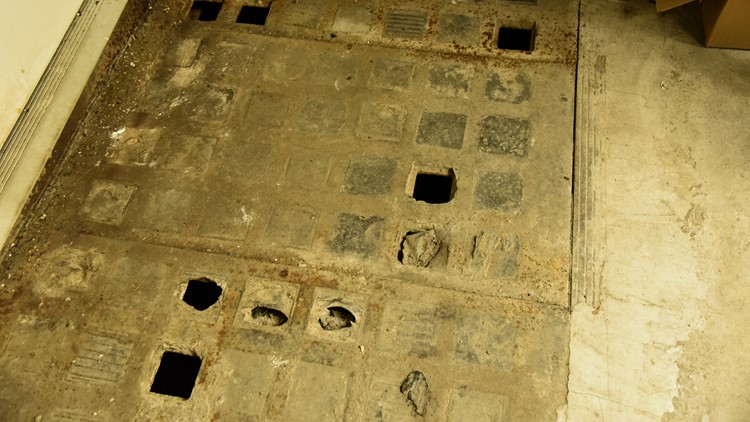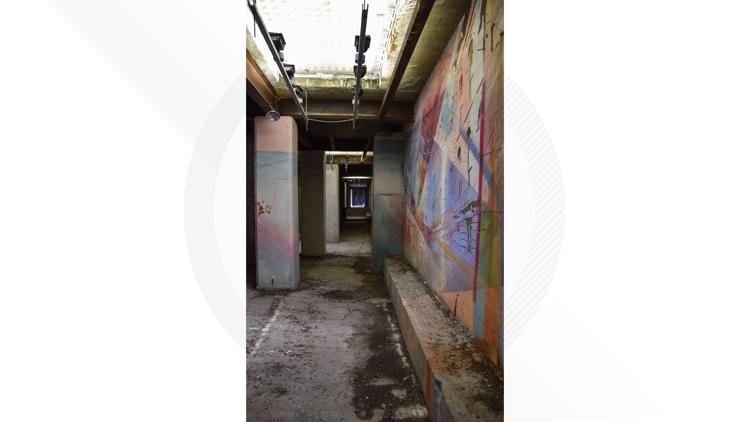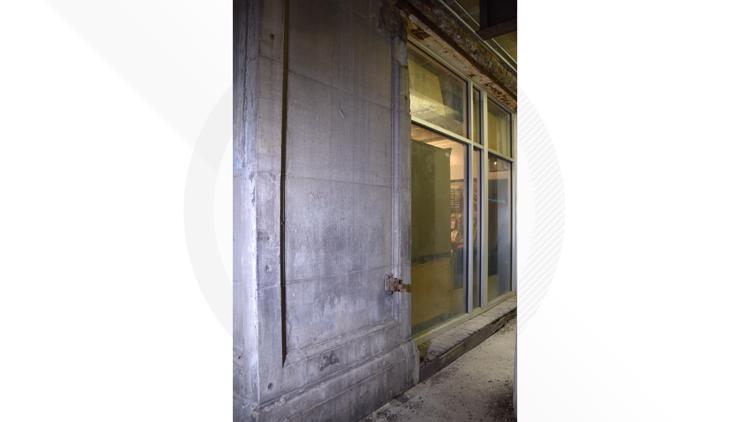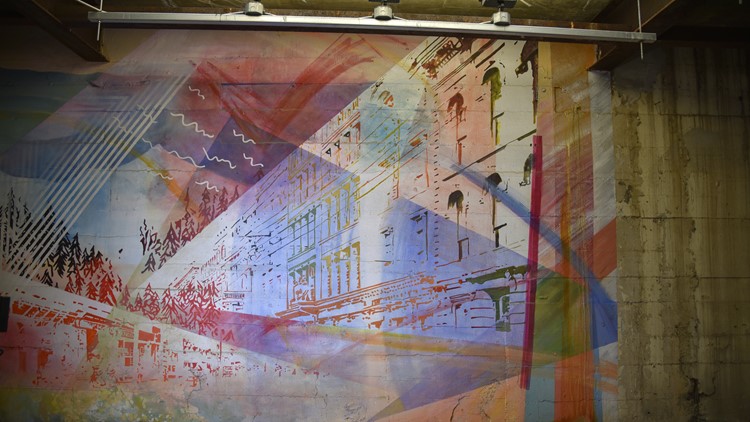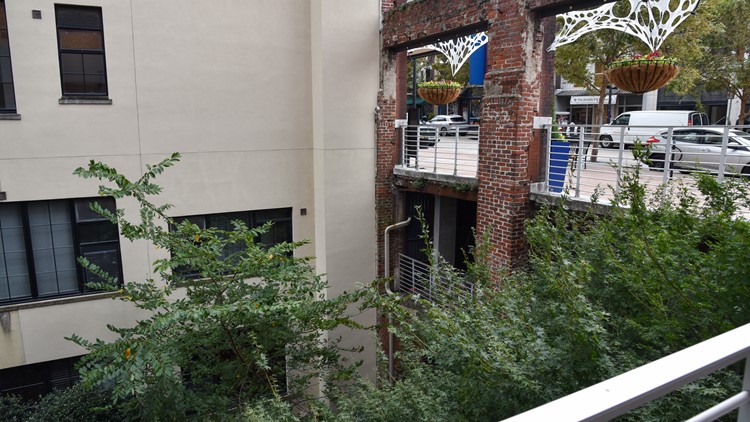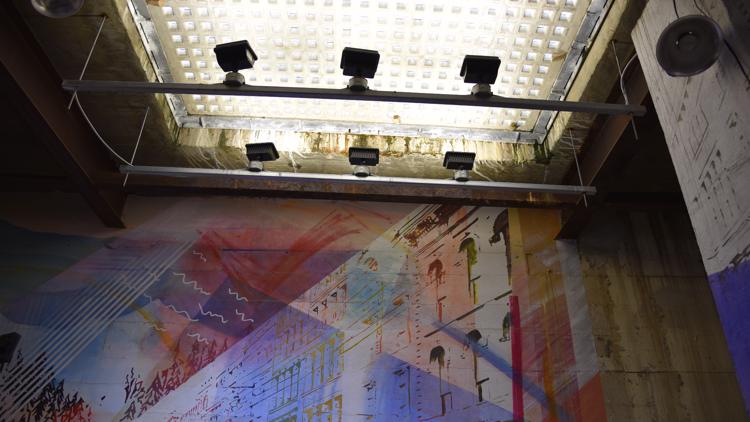KNOXVILLE, Tenn. — East Tennesseans are very familiar with Gay Street with its shops, restaurants and events. For years, it has been a hub of Downtown Knoxville.
While many stroll along its sidewalks every day, few know about the walkways and storefronts just a story below their feet that haven’t seen daylight in more than a century.
Prior to the 1920s, Gay Street was a commerce hub at the bottom of Summit Hill’s steep slopes, connecting the Southern Railway tracks to the Tennessee River for carts carrying freight and other cargo to the barges.
At the turn of the 20th century, the city started devising ways to make the trek up Summit Hill easier on the horses and carts.
“They had to carry a lot of freight from the railroad when it terminated here in Knoxville, up Gay Street over to the Tennessee River so they could put it on barges take itself,” downtown developer David Dewhirst said.
FULL SERIES: Explore Tennessee's Abandoned Places
In 1919, construction began to raise the 100 block of Gay Street up a story and make the road less steep between the rambling viaduct over the railroad tracks and the top of Summit Hill Drive.
To accomplish this feat, some buildings were torn down and rebuilt, but for most of them, their first floors were moved underground and became basements.

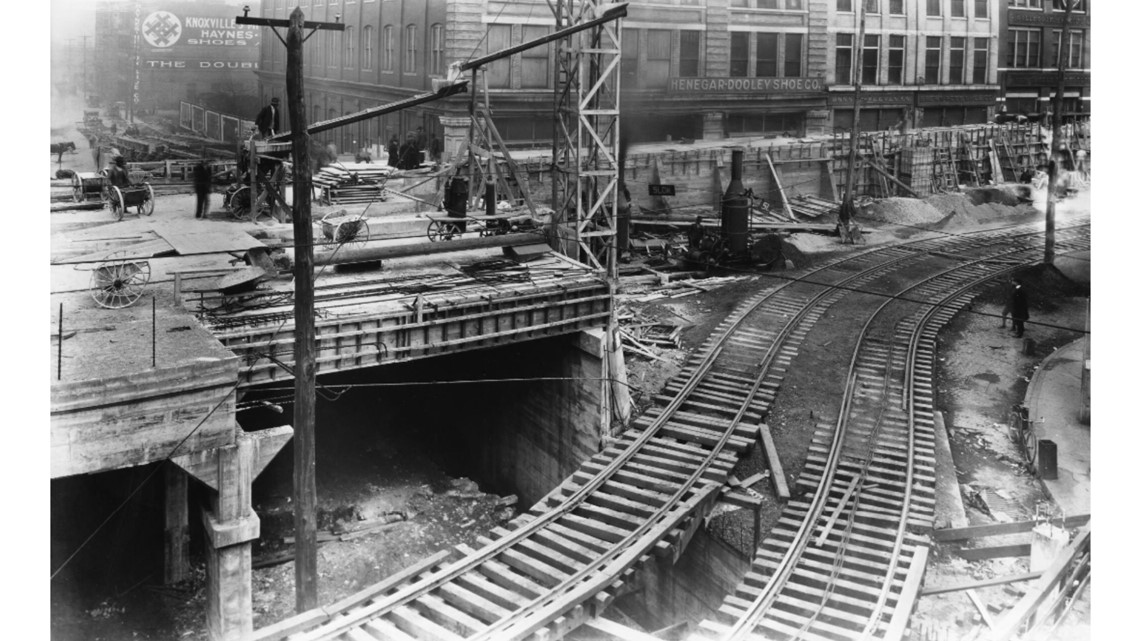
“By raising up the level of the street and sidewalks in the front, it left the buildings in place and they still walk out on ground on the backs of the buildings, but the front, they now have underground area in the front of the old buildings of the first floors were buried beneath the street,” Dewhirst said.
As the years went by, these underground spaces were slowly forgotten as businesses came and went and construction projects blocked access to some portions.
Then in 1993, Dewhirst bought his first building on the 100 block of Gay Street.
“I was in the basement of that building right at the time I bought it, and there was a set of doors down there that were boarded up. And I, one day, broke through those doors and landed in this cavern out underneath the sidewalk and it was full of 100 years worth of pretty magical trash and debris,” Dewhirst said.
Abandoned Places: Underground Gay Street
He said he found old furniture, decades-old whiskey bottles and beer cans, glass containers from the 1920s and discarded display cases.
“It was like the unexplored dungeons back in that day. Today, it's cleaned out and you can traverse up and down the old 1919 sidewalk,” Dewhirst said.
So what’s down there now?
There are basements for 10-12 buildings including the Emporium, which also features a colorful mural. Some of these spaces have been converted into offices or residences. Then there are more modern utility lines servicing the 100 block of Gay Street.
However, glimpses of the past are still visible. Some of the original storefronts have been restored and preserved. There are also sections of the sidewalk, which was first poured around the late 19th and early 20th centuries.
“A lot of that history has vanished in the 100 plus years, but there's still some pretty interesting cavities underground here that walk into those buildings that, with the right, continued restoration of those areas, can be quite unique,” Dewhirst said.
He has some ideas for this kind of restoration and usage when the timing is right.
“It's not so much a secret as it is. It currently doesn't daylight, but it could. It could fairly soon,” Dewhirst said. “I think when we get the development going along Jackson Avenue, there's a real opportunity to open that up and integrate it and make it like a pretty unique public space. Think of it as a covered urban patio that's unique to Knoxville.”
While the underground 100 block of Gay Street may not be readily accessible to the public at this point in time, East Tennesseans could, perhaps, walk those sidewalks again after more than a century.
Reporter’s note: Though many of the buildings featured in this series are unused and empty, they sit on private property that is still actively used in some cases. DO NOT attempt to unlawfully enter any of these places without permission. Many of them are structurally unsound and pose potential health hazards, like asbestos and lead paint. WBIR contacted all owners prior to visiting.
For more stories from East Tennessee's Abandoned Places, check out our YouTube playlist:

